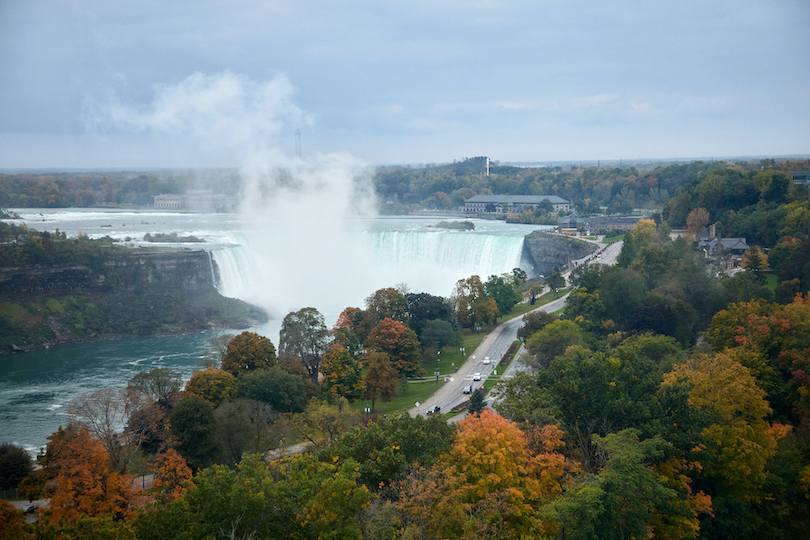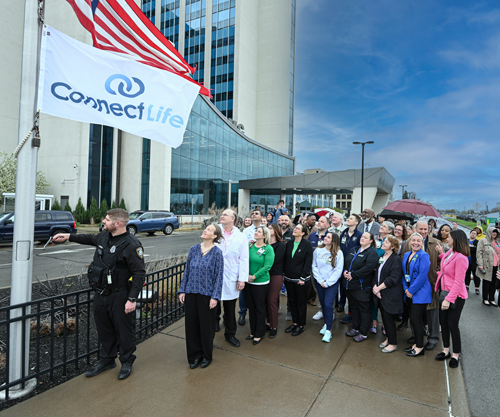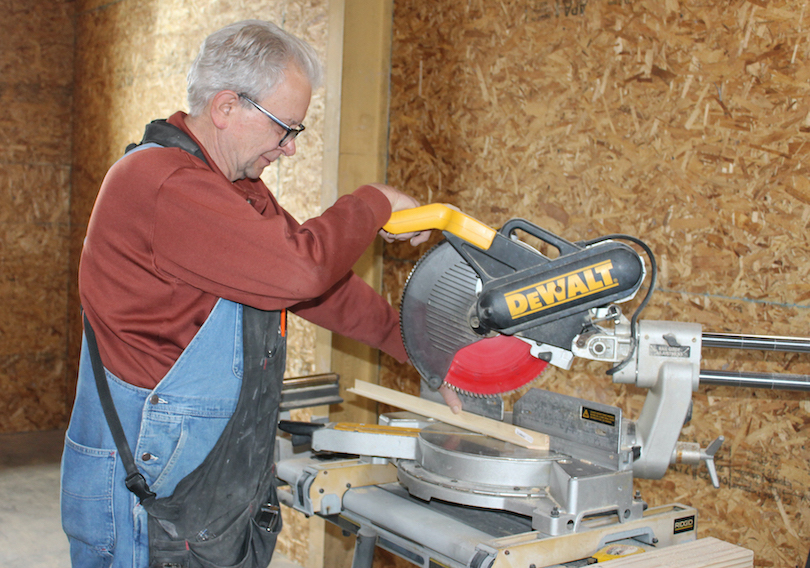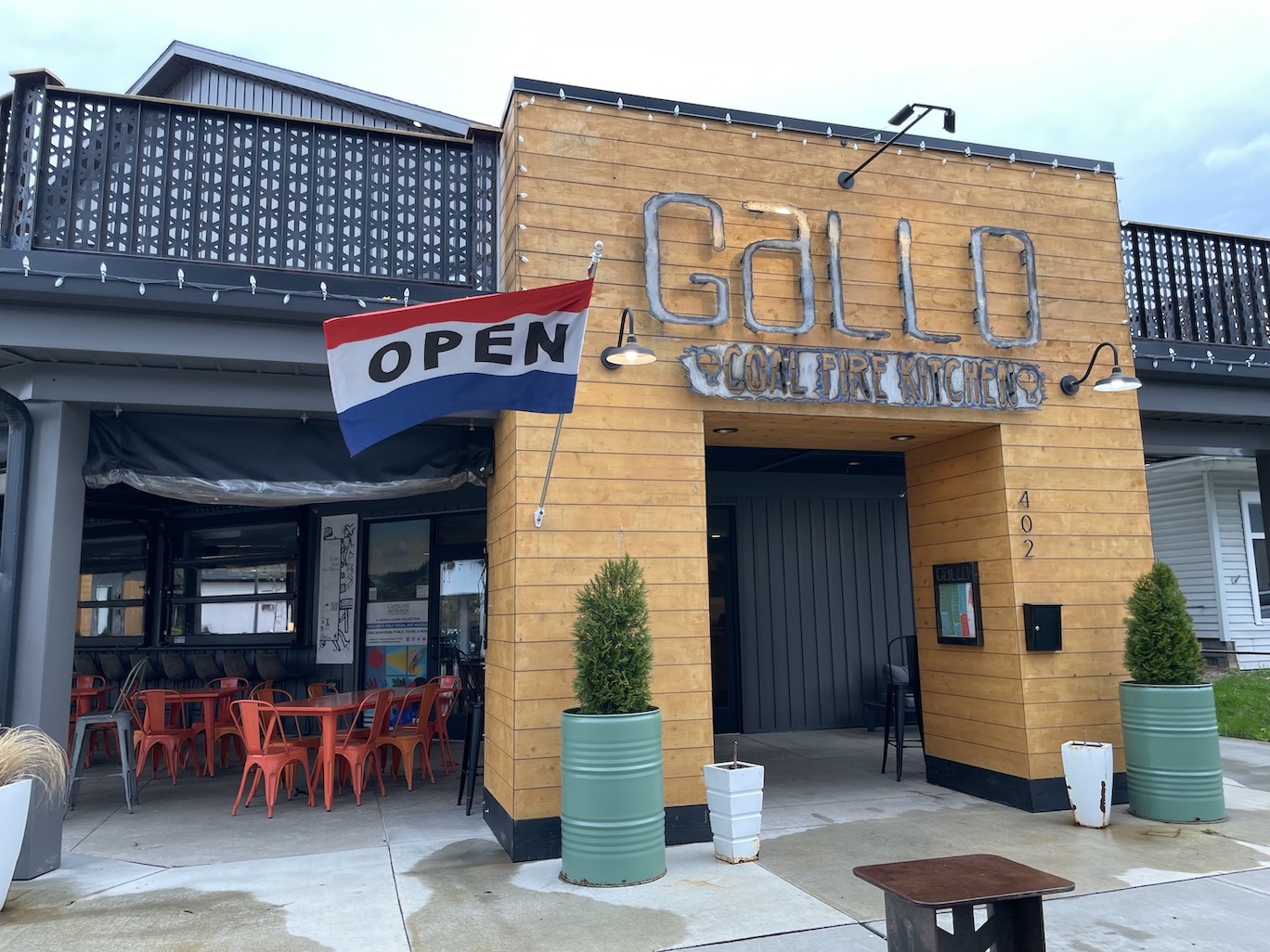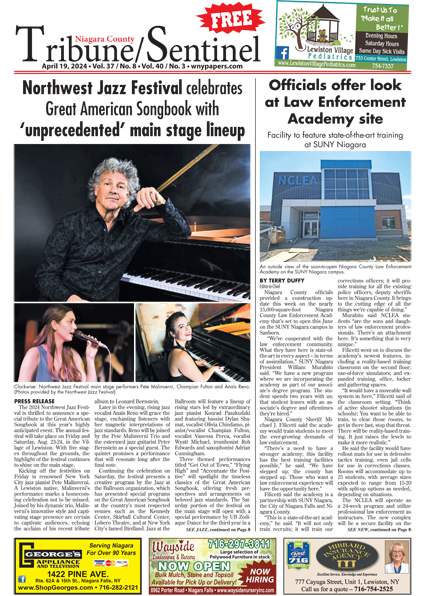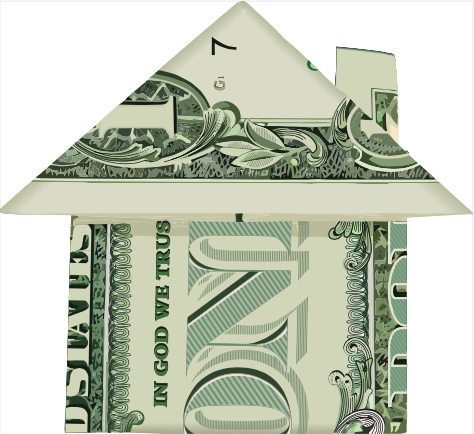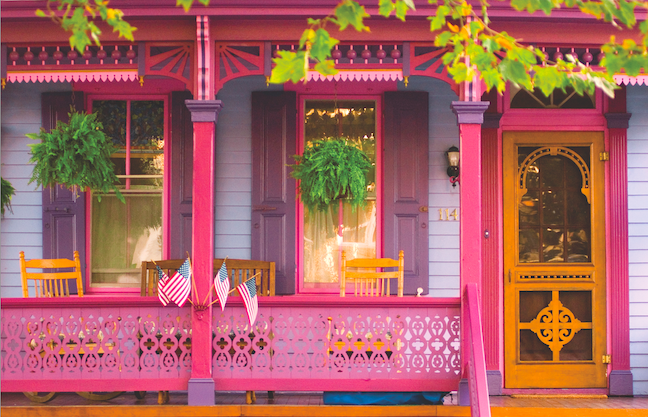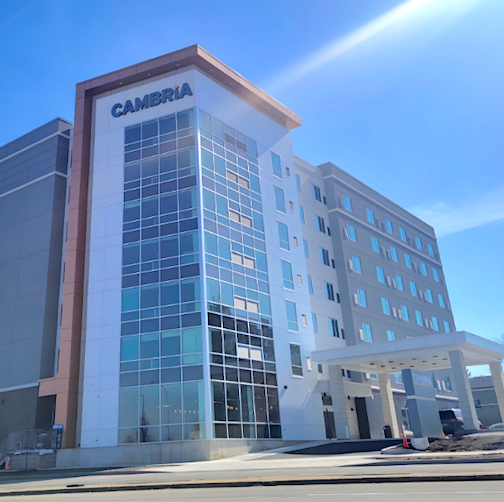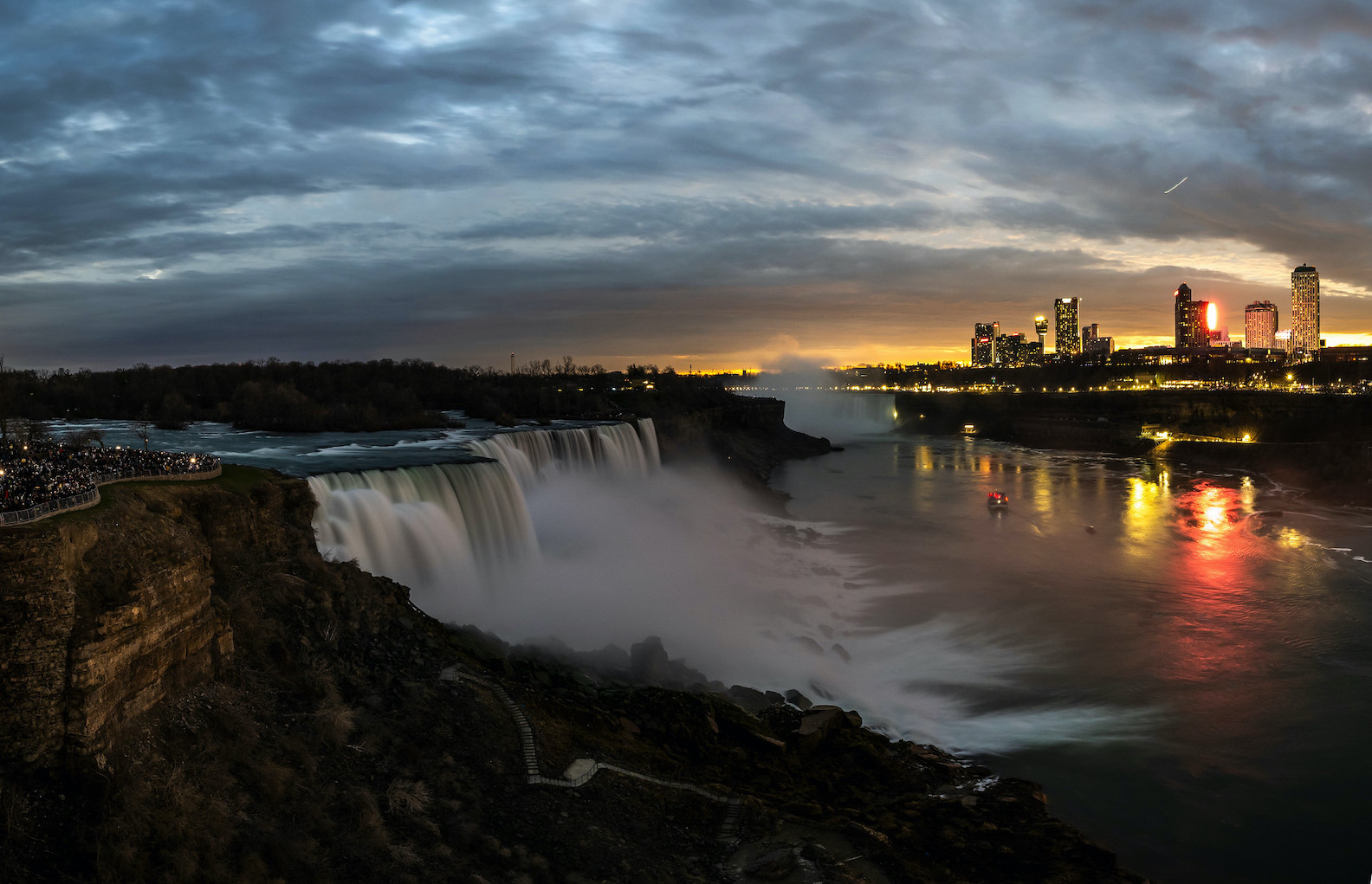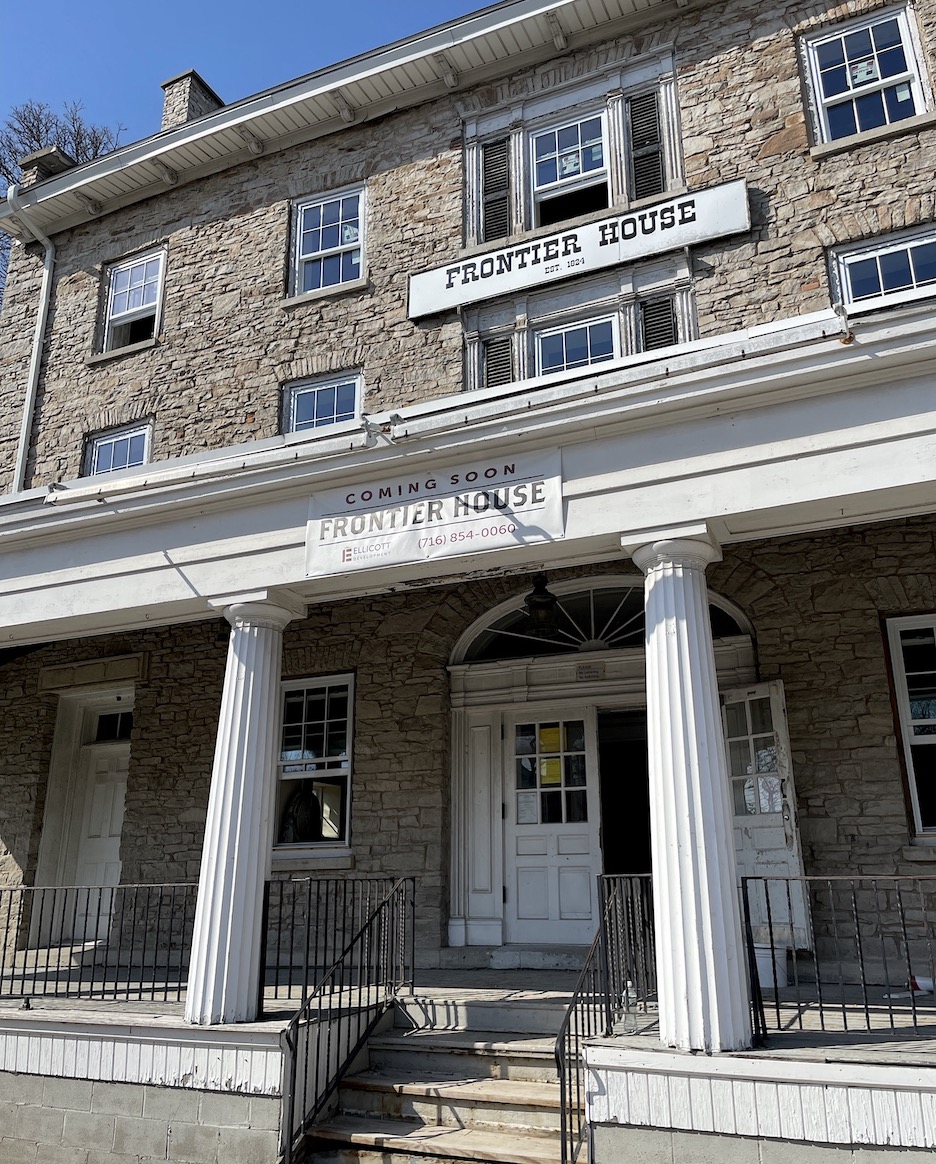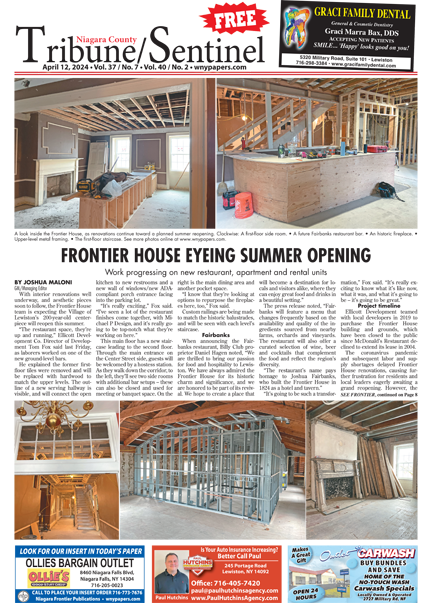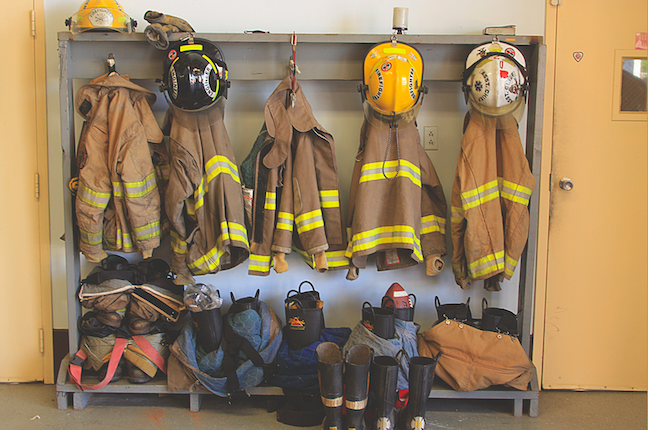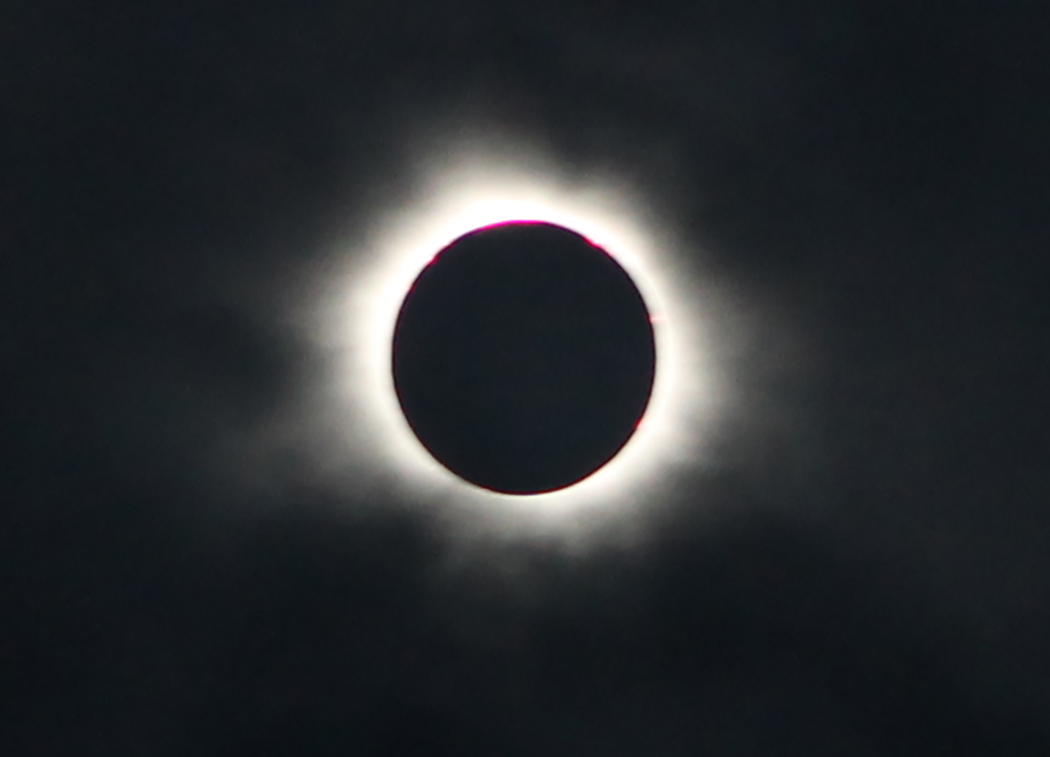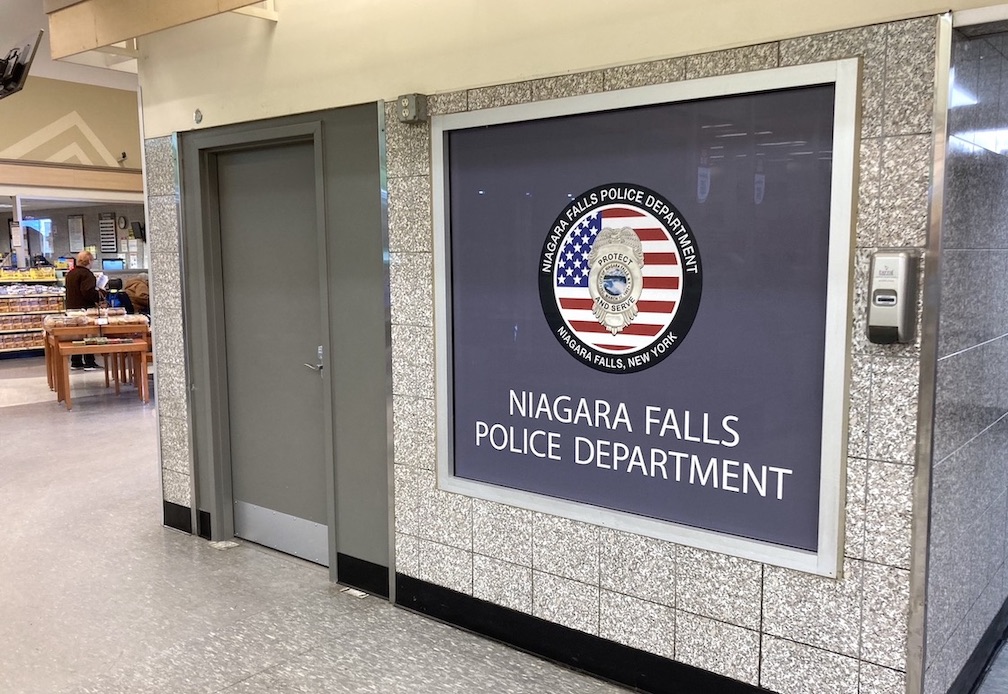Featured News - Current News - Archived News - News Categories
Eligible homeowners & renters may still apply for Home Energy Assistance Program (HEAP), which can provide up to $751 depending on income, household size, how home is heated
Gov. Kathy Hochul on Thursday urged New Yorkers to prepare for dangerous cold temperatures and wind chills through Saturday morning. Several regions across the state, including parts of Western and Central New York, the Finger Lakes, Mohawk Valley, North Country and Capital District, are forecast to experience below-freezing temperatures and wind chills as low as minus-30 degrees. The below-zero temperatures bring an increased risk of hypothermia and frostbite, as well as an increased risk of fire and carbon monoxide poisoning from alternative heating sources such as portable space heaters and fuel-burning appliances.
"Forecasts are calling for another round of extremely cold temperatures throughout New York over the next few days," Hochul said. "These conditions can be very dangerous if not taken seriously, so now is time to prepare. Be sure to limit time spent outdoors, know where to take shelter and – as always – check on friends and family, if possible, to ensure their safety."
Acting Department of Homeland Security and Emergency Services Commissioner Jackie Bray said, "Bitter cold temperatures and dangerous wind chills are going to impact most of the state tonight, especially in Western New York and the North Country. I want New Yorkers to be prepared as extreme cold temperatures can cause frostbite to exposed skin in minutes, so please limit time spent outdoors and know where to take shelter if needed. When possible, check on neighbors and loved ones to ensure their safety and well-being."
Colder air is expected to overspread impacted areas through Saturday morning for several locations. Temperatures will drop as low as minus-30 degrees for some locations into early Friday morning, with northwest winds of 5-10 mph expected across the region. More dangerously cold weather is expected again for most of the same impacted areas Friday night through Saturday morning. For the most current weather warnings, watches and advisories, visit the National Weather Service Public Alerts website.
The following information and tips come from the governor’s office:
Heating and Utility Assistance
•Home Energy Assistance Program
Eligible homeowners and renters may still apply for the Home Energy Assistance Program (HEAP), which can provide up to $751 depending on income, household size and how they heat their home. A family of four may have a maximum gross monthly income of $5,249 or an annual gross income of $62,983 and still qualify for benefits – a modest increase from last year's threshold.
Those New Yorkers who have already used up their regular benefit and are now facing disconnection from or an exhaustion of their heating source may apply for an emergency benefit. A home heated with natural gas is eligible for up to $465, while a home using oil, kerosene or propane is eligible for up to $965.
Administered by the state Office of Temporary and Disability Assistance, applications for HEAP are accepted at local departments of social services in person or by telephone, with funding provided on a first-come, first-served basis. A list of local offices by county can be found here. Residents outside of New York City may also apply online for regular heating assistance benefits. New York City residents may download an application and obtain program information here.
Additionally, New York state is providing $150 million in federal funding to help low-income households pay heating utility arrears. The one-time payments through the regular arrears supplement can cover all accumulated heating utility arrears up to $10,000 per household, with applications for assistance accepted at local departments of social services in person or by telephone.
•Code Blue
Under state regulation, a Code Blue is automatically in effect whenever the temperature and wind chill equals less than 32 degrees. Local social services districts are legally required to take necessary steps to ensure the homeless have access to shelter, and that shelter hours are extended.
Safety Tips
•Frostbite
√ To avoid frostbite, stay inside during severe cold.
√ If you must go out, try to cover every part of your body: ears, nose, toes and fingers, etc. Mittens are better than gloves. Keep your skin dry and stay out of the wind when possible.
√ Drink plenty of fluids since hydration increases the blood's volume, which helps prevent frostbite. Avoid caffeine, alcohol and cigarettes. Caffeine constricts blood vessels and prevents warming of extremities; alcohol reduces shivering, which helps keep you warm; and cigarette use shuts off blood flow to your hands.
√ If you suspect frostbite, until you can get indoors, don't rub or massage cold body parts. Drink warm liquids, put on extra layers of clothes and blankets, and remove rings, watches, and anything tight.
√ Once indoors, don't walk on a frostbitten foot – you could cause more damage. Get in a warm (not hot) bath and wrap face and ears in a moist, warm (not hot) towel.
√ Don't get near a hot stove or heater or use a heating pad, hot water bottle, or a hair dryer. You may burn yourself before feeling returns.
√ Frostbitten skin will become red and swollen and feel like it's on fire. You may develop blisters. Don't break the blisters. It could cause scarring.
√ If your skin turns blue or gray, is very swollen, blistered or feels hard and numb even under the surface, go to a hospital immediately.
•Hypothermia
√ Hypothermia is caused by prolonged exposure to cold temperatures, especially in children and the elderly.
√ Watch for the following symptoms: inability to concentrate, poor coordination, slurred speech, drowsiness, exhaustion, and/or uncontrollable shivering, following by a sudden lack of shivering.
√ If a person's body temperature drops below 95 degrees Fahrenheit, get emergency medical assistance immediately.
√ Remove wet clothing, wrap the victim in warm blankets, and give warm, nonalcoholic, noncaffeinated liquids until help arrives.
Protecting Water Pipes
Prevent the mess and aggravation of frozen water pipes, protect your home, apartment or business by following these steps:
√ When it's cold, let cold and hot water trickle at night from a faucet on an outside wall. Open cabinet doors to allow more heat to get to un-insulated pipes under a sink or appliance near an outer wall. Make sure heat is left on and set no lower than 55 degrees.
√ If you plan to be away, have someone check your house daily to make sure the heat is still on to prevent freezing, or drain and shut off the water system (except indoor sprinkler systems).
√ If pipes freeze, make sure you and your family know how to shut off the water, in case pipes burst. Stopping the water flow minimizes damage to your home.
√ Never try to thaw a pipe with an open flame or torch.
√ Always be careful of the potential for electric shock in and around standing water.
√ Call a plumber and contact your insurance agent.
Be ‘Fire Safe’
Heating equipment is among the leading causes of home fires nationally and in New York state. Take a few simple steps to significantly reduce the possibility of experiencing a heating-related fire. No matter how careful you are with home heating, you and your family should be prepared in case fire strikes:
√ Buy and carefully maintain a quality smoke and carbon monoxide detector.
√ Inspect your home to eliminate or control fire hazards.
√ Install at least 5-pound A-B-C type fire extinguishers in the home, and teach family members how to use them.
√ Establish a well-planned escape route with the entire family.
√ Hold practice fire drills until all family members are thoroughly familiar with plan.
√ If you have an older home, have the wiring checked by a qualified electrician to make sure it meets current building codes.
√ Have your chimney and fireplace cleaned and inspected yearly for creosote build-up, cracks, crumbling bricks or mortar and any obstructions.
√ Keep storage areas clean and tidy.
√ Keep curtains, towels and potholders away from hot surfaces.
√ Store solvents and flammable cleaners away from heat sources. Never keep gasoline in the house.
√ Inspect extension cords for frayed or exposed wires or loose plugs.
Maintain and Inspect Home Heating Appliances
Proper maintenance and an annual inspection of heat pumps, furnaces, space heaters, wood and coal stoves, fireplaces, chimneys and chimney connections by qualified specialists can prevent fires and save lives. Follow the manufacturer's instructions for installation, venting, fueling, maintenance and repair. Review the owner's manual to make sure you remember the operating and safety features.
√ Space heaters – Keep space heaters at least 3 feet away from furniture, window treatments, bedding, clothing, rugs and other combustibles. Avoid the use of extension cords with electric heaters. Always turn off space heaters before leaving the room or going to bed.
√ Fuel-burning appliances – Inspect the shutoff mechanism and wick for proper operation. Fill the tank with fresh fuel. Let the heater cool down before refueling. Adding fuel to a hot heater can start a dangerous fire.
√ Wood-burning appliances and fireplaces – Do not burn trash in the wood stove or fireplace. Burn only well-seasoned hardwoods. Be sure the fire you build fits your fireplace or stove, don't overload it. Be sure wood stoves are installed at least 36 inches away from the wall. Keep combustible materials well away from the fireplace, stove and chimney. Keep the area around them clean. Always use a fireplace screen to prevent sparks from leaving the fireplace and starting a fire. Never leave a fire unattended.
√ Chimneys – Creosote accumulation is the leading cause of chimney fires. A chimney that is dirty, blocked or is in disrepair can inhibit proper venting of smoke up the flue and can also cause a chimney fire. Nearly all residential fires originating in the chimney are preventable. An annual chimney inspection by a qualified chimney sweep can prevent fire or carbon monoxide poisoning.
√ Ashes – Keep wood stoves and fireplaces free of excess ash buildup. Excessive ash buildup prevents good circulation of air needed for combustion. When removing ashes, use a metal container with a tight-fitting cover. Always place ashes in an outside location away from structures. Ashes that seem cool may contain a smoldering charcoal that can start a fire.
Carbon Monoxide
√ Carbon monoxide is produced anywhere that fuel is burned, and is the leading cause of accidental poisoning deaths in the U.S.
√ Carbon monoxide is an odorless, tasteless and invisible killer, and the only safe way to detect it is with a carbon monoxide alarm.
√ Carbon monoxide alarms range in price from $20 to $50 depending on additional features.
√ Symptoms of carbon monoxide poisoning include sleepiness, headaches and dizziness.
√ If you suspect carbon monoxide poisoning, ventilate the area and get to a hospital.
Other Heating Safety Tips
√ Make sure chimneys and vents are checked for blockages, corrosion, and loose connections.
√ Open flues completely when fireplaces are in use.
√ Use proper fuel in space heaters.
√ Never burn charcoal or a barbecue grill inside a home or enclosed space.
√ Never use portable fuel-burning camping equipment inside a home, garage or vehicle.
√ Never leave a car running in an attached garage, even with the garage door open.
√ Never operate unvented fuel-burning appliances in any room where people are sleeping.
√ Never use the kitchen stove for heating a house.
√ Never run a gas-powered generator in a garage, basement, or near any overhang on the home. Keep it at a distance.
The Division of Homeland Security and Emergency Services provides leadership, coordination and support for efforts to prevent, protect against, prepare for, respond to, and recover from terrorism, natural disasters, threats, fires and other emergencies. For more information, visit the Facebook page, follow @NYSDHSES on Twitter, or visit dhses.ny.gov.

